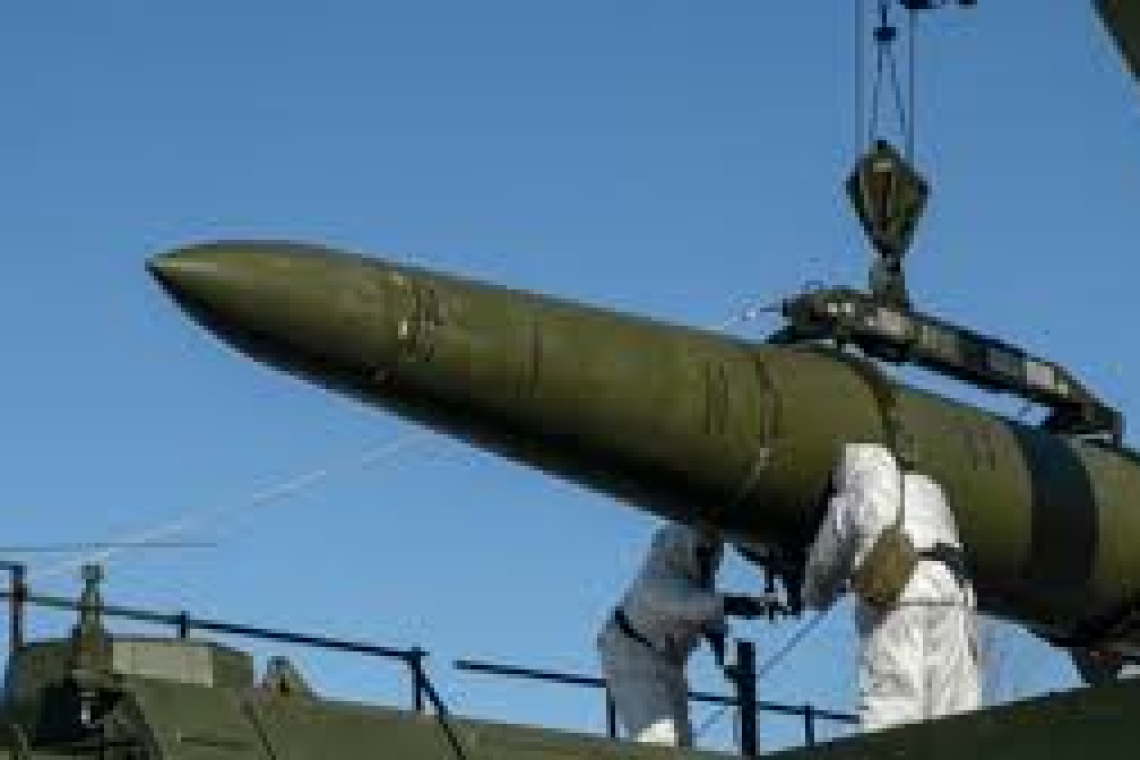Russia has begun tactical nuclear weapons drills in response to perceived Western threats surrounding the conflict in Ukraine.
Recently, French President Macron expressed readiness to send troops if necessary, highlighting the significance of preventing a Russian triumph for European security.
In addition, British Foreign Secretary David Cameron pledged $3.74 billion in military aid to Ukraine, affirming Ukraine’s right to use British-supplied weapons against Russia.
Russia's current nuclear drills involve tactical nuclear weapons (TNWs). These TNWs are designed for battlefield use, targeting specific enemy assets without causing widespread destruction. They are smaller, less powerful, and intended to win battles by targeting troops, airfields, submarines, or aircraft carriers.
In contrast, strategic nuclear weapons aim to win wars by crippling the enemy’s capacity to fight with immense destructive force, capable of hitting cities and military installations.
Currently, the biggest global nuclear powers are Russia and the US possessing 10,600 of the 12,100 nuclear warheads globally, followed by China, France, and Britain. As of 2024, Russia controls an estimated 1,558 TNWs. Due to the lack of transparency, it’s unwise to assume the nation’s arsenal is limited to what’s publicly disclosed.
In a tense nuclear-fueled environment, pressure may lead military forces to opt for strategic nuclear weapons over less destructive tactical ones, potentially triggering a spiral of uncontrollable escalation.
With the use of a ‘small’ tactical nuclear weapon potentially escalating into a full-scale nuclear conflict, the ‘nuclear taboo’ would eventually be broken. This breach would effectively nullify Russia’s adherence to the No First Use policy, initiating a nuclear conflict.
However, the primary concern is the potential for a full-scale nuclear exchange between Russia and NATO countries. With NATO members possessing significant nuclear arsenals, including the US, France, and the UK, any use of tactical nuclear weapons in Ukraine could lead to retaliatory strikes from NATO allies, escalating the situation further.
UNCONFIRMED Covert Intelligence reports that Russia's new Defense Minister and President Putin, are under great pressure to FIRE such a weapon as a demonstration to the West that Russia is willing to use them.


